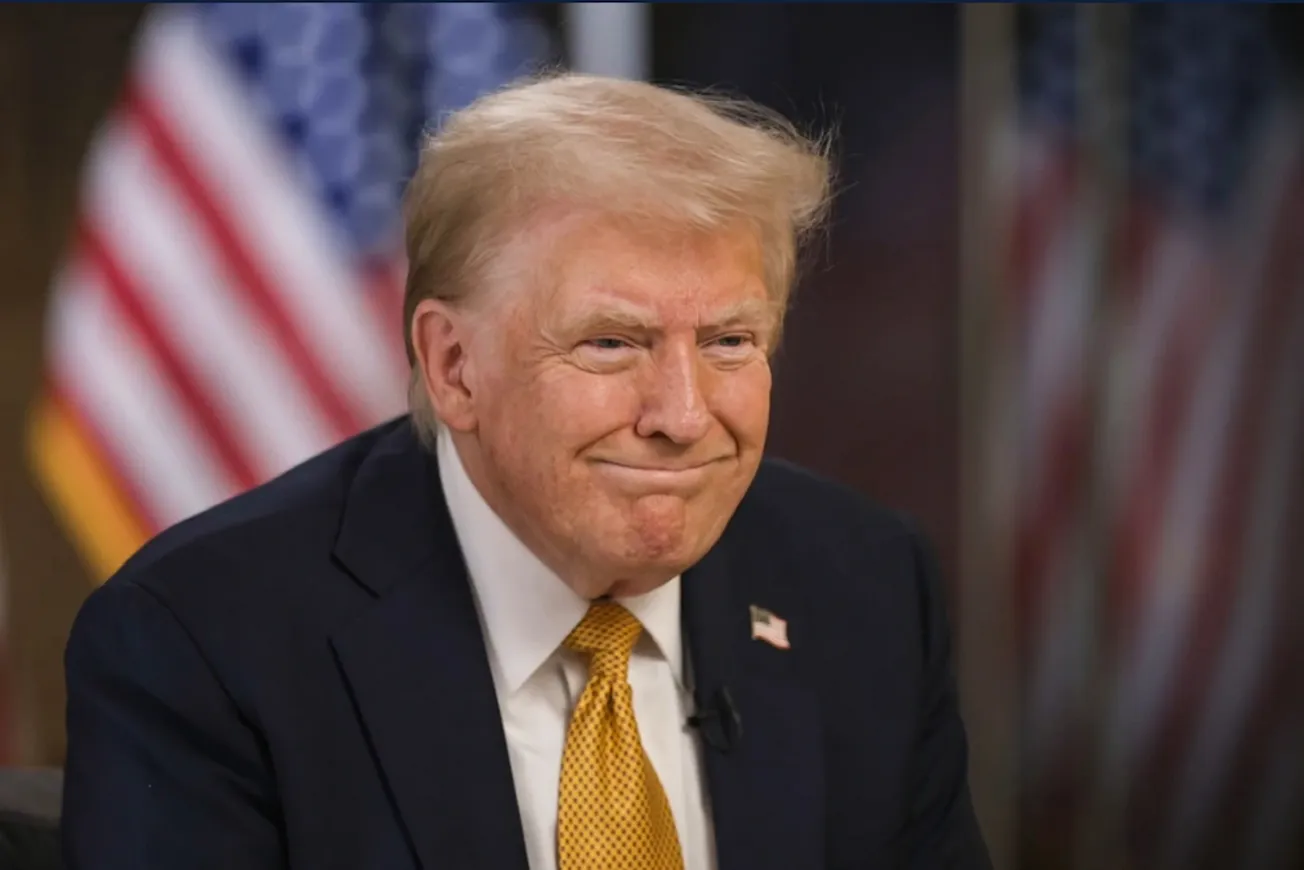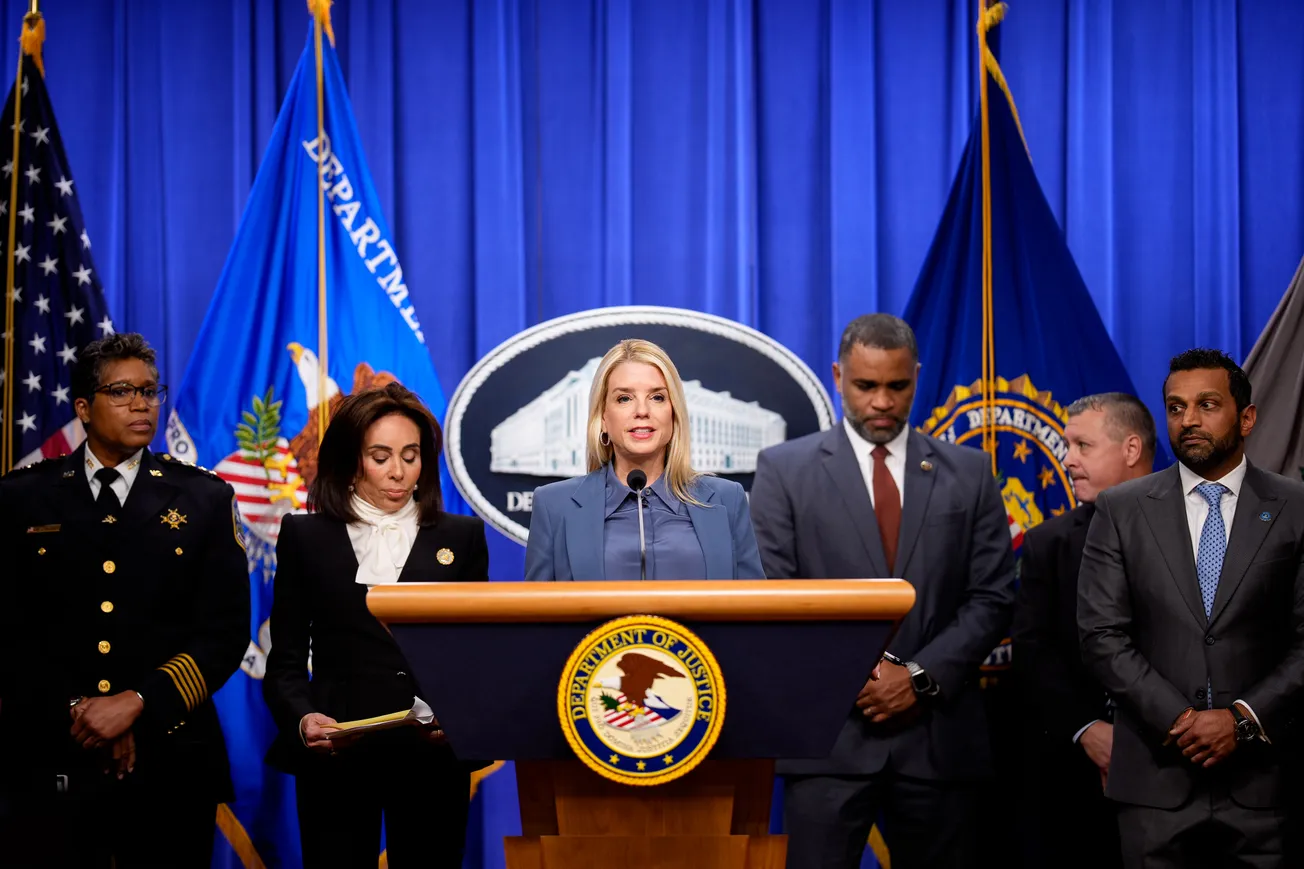By Hans von Spakovsky via The Daily Signal | February 15, 2025
In a letter that no doubt sent shock waves through Washington’s permanent, untouchable bureaucracy, President Donald Trump’s acting solicitor general, Sarah Harris, sent a letter to Congress on Wednesday informing it that the Justice Department will no longer defend the constitutionality of federal laws that limit the ability of the president to remove the heads of “multimember regulatory commissions.”
Those are the so-called independent agencies, such as the Federal Trade Commission, the National Labor Relations Board, and the Consumer Product Safety Commission.
This effort to implement accountability is long overdue.
Congress has passed laws providing that the commissioners of many agencies can only be removed “for cause,” while at others like the Federal Election Commission, where I once served as a commissioner, the law provides that a commissioner will continue to serve even after his or her term ends until the commissioner is replaced with a new member.
That provision is what led to FEC Commissioner Ellen Weintraub, a Democrat, continuing to serve as a commissioner until she was recently fired by Trump. Her term ended in 2007, but she continued to serve because Democrats—happy with her partisan decision-making at the FEC—refused to provide any subsequent president with a possible replacement for her Democratic seat that they would confirm in the Senate.
Weintraub is contesting Trump’s authority to terminate her, as are commissioners at other agencies.
In 1926, in Myers v. U.S., the Supreme Court recognized that since Article II makes the president the head of the executive branch, he has the “unrestricted” power of “removing executive officers”—even those who have been confirmed by the Senate.
So, it doesn’t matter, for example, that an attorney general assumes his post only after his nomination by the president has been confirmed by the Senate. That attorney general serves at the pleasure of the president, and the president can fire the attorney general at any time for any reason—or no reason.
Harris, the acting solicitor general, points out in her letter, however, that these independent agencies with “for-cause” removal restrictions on the heads of the agencies, are relying on a very old decision by the Supreme Court issued in the middle of FDR’s New Deal overhaul of the federal government.
With the creation of new federal agencies such as the Federal Trade Commission, in 1935 in Humphrey’s Executor v. U.S., the Supreme Court created a very narrow exception to the Article II power of the president. The court said that Congress could restrict the ability of the president to remove the head of such an agency “except for cause” on the grounds that the FTC only exercised “quasi-legislative or quasi-judicial powers.” In other words, because the FTC was supposedly not exercising executive branch powers, it could act “independently of executive control.”
As Harris correctly observes, all of the independent agencies continue to rely on this narrowly drawn exception that simply doesn’t apply to the enormous power of today’s federal agencies, which she says, “exercise substantial executive power.”
They are, in reality, “Mini-Me’s” of the executive branch. Each one, from the FTC to the NLRB to the FEC, are mini-executive branches. Harris’ letter outlines the executive branch powers they have, including “promulgat[ing] binding rules” and “unilaterally issu[ing] final decisions … in administrative adjudications.”
In other words, they can issue binding regulations that have the force of law, and they can enforce them against all of us, exactly the same way that executive branch agencies under the direct control of the president, such as the Department of Justice, can enforce the law. The FEC, where I served, not only issues binding regulations, but it can go after you in judicial proceedings when you violate the law.
The only difference between the FEC and the Justice Department is that the FEC only has civil enforcement authority, while the DOJ has criminal enforcement authority over the Federal Election Campaign Act. The FEC is, in fact, a “Mini-Me” of the division inside the Justice Department responsible for enforcement of federal campaign finance laws.
Any claim that it is not exercising executive branch functions is laughable and is not in accord with modern reality.
Even in 1935, the Supreme Court said recently in Seila Law v. CFPB, the court seems to have mistaken the powers of the FTC. The court noted that the earlier court’s conclusion that the “FTC did not exercise executive power has not withstood the test of time.” Neither has the Humphrey’s Executor decision.
Harris concluded by saying that the Justice Department will “urge the Supreme Court to overrule” that 1935 decision to the extent that it “prevents the president from adequately supervising principal officers in the Executive Branch who execute the laws on the president’s behalf.” That, no one should forget, is one of the president’s principal duties under Article II: “he shall take Care that the Laws be faithfully executed.”
Those who make the now tedious claim this is a “threat to democracy” have it exactly backwards: A president is accountable to the people through the election process. It is these “Mini-Me’s,” these independent federal agencies, that are the true threats to democracy.
The commissioners who run them are not accountable to voters because they are not elected, and when the person who is accountable to voters—the president—is restricted from the ability to remove them and hold them accountable for their actions, democracy is imperiled.
Only the Supreme Court has the authority to overrule one of its own precedents. It appears, however, that the Justice Department will likely give the court an opportunity to do just that.
Hans von Spakovsky is the manager of the Election Law Reform Initiative and a senior legal fellow in the Edwin Meese III Center for Legal and Judicial Studies at The Heritage Foundation.
Orignal article link








